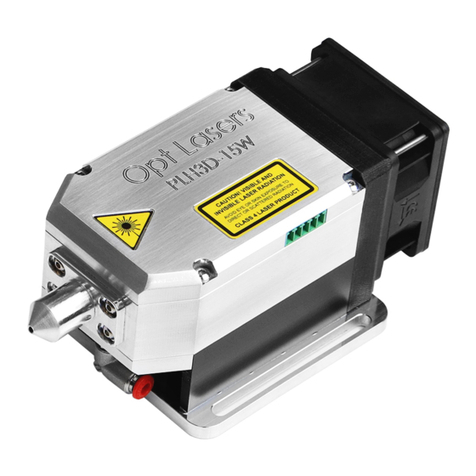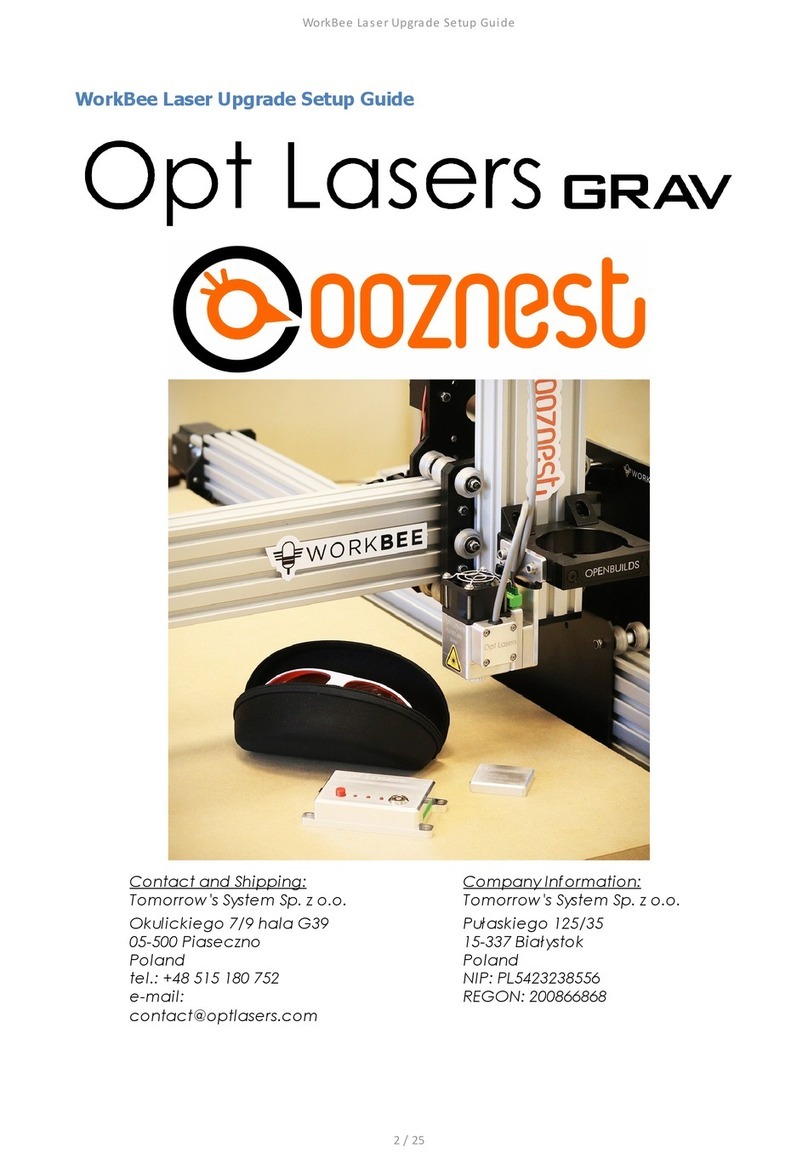
integrated directly into the laser head, enabling higher maximum modulation
frequencies. High power modulation (up to 100 kHz) ensures the high speed of the
XT-50 engraving laser, even for the most sophisticated patterns.
Equipped with a special advanced optical system, the XT-50 provides 4k Ultra-HD
precision engraving and cutting capabilities. This makes XT-50 the most precise
high-power laser head in the world. Unlike the XF+, the XT-50 has an adjustable and
square focused beam spot.
For optimal engraving performance in various applications, we recommend calibrating
the working distance in two runs on the first launch.
The XT-50 excels in working with different types of materials. It can engrave and create
2D and 3D images on various kinds of wood, including Birch and Pine plywood, Balsa,
hardwood, and MDF. Being based on the blue laser technology makes it the best and
most energy-efficient solution for laser engraving wood. Additionally, it can cut
low-density wood with ease. Textiles such as white cotton, denim, felt, Cordura™, 2 and
3-way stretch fabrics, and many types of nylon can be cut without penetrating the
protective layer, as commonly found in the embroidery industry. Furthermore, XT-50 can
laser mark the majority of fabrics and textiles.
The blue light emitted by the XT-50 enables engraving on metals such as black
anodized aluminum and wrought iron. It also excels in engraving (and marking) titanium
and stainless steel. When it comes to plastic cutting, the XT-50 is capable of working
with ABS, acrylics, polypropylene, polyamides, as well as latex, neoprene, and other
rubber compositions. Lastly, it is a perfect solution for cutting and engraving various
types of leather, especially brown (vegetable-tanned) full-grain leather and black
full-grain leather.
With its wide range of capabilities and robust features, the XT-50 laser engraver and
cutter from the PLH3D Series offers exceptional performance and versatility for various
applications, making it a valuable tool for industrial, professional, and hobbyist use.






























